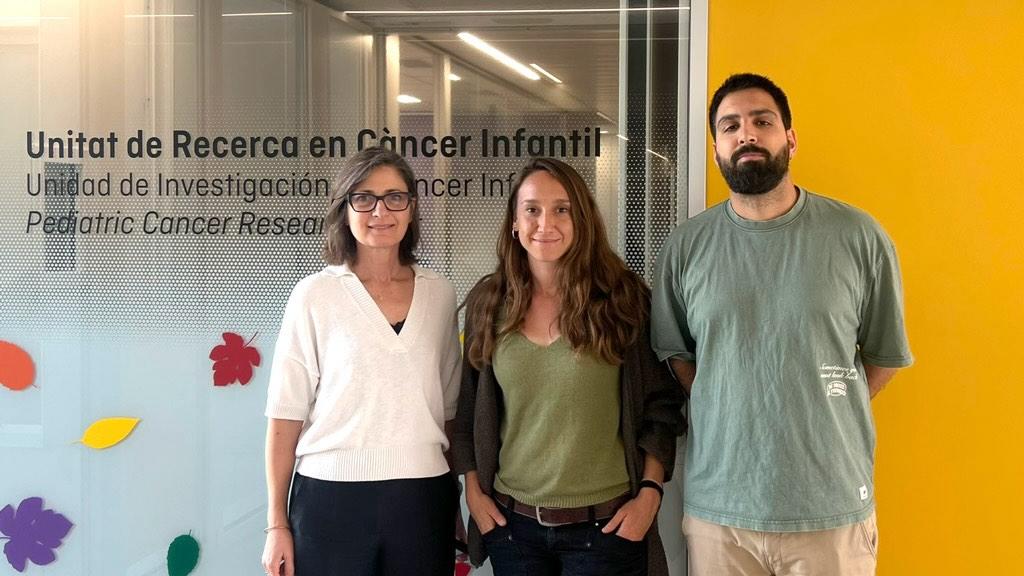
The app allows for faster, cheaper and more accessible grouping of the various subtypes of medulloblastoma.
Precise classification of the various molecular groups of medulloblastoma is crucial to getting patients the best treatment possible for them. Now, oncologists have a new tool: the EpiGe app, developed by a team at the SJD Research Institute (IRSJD), the SJD Barcelona Children's Hospital and the Polytechnic University of Catalonia (UPC), with AI integration.
The main feature of the EpiGe app is that it offers a simpler way of classifying various molecular subgroups of medulloblastoma through quantitative PCR technology (qPCR). Thanks to machine learning, the results are automatically interpreted to provide a faster diagnosis.
With EpiGe, once staff perform the PCR test, they can upload the data to the website and the application will return the results in less than two minutes, with a reliability of 96% when it comes to identifying the medulloblastoma subgroup.
The research team that developed EpiGe is led by Dr Cinzia Lavarino, Head of the Molecular Oncology Laboratory at the SJD Barcelona Children's Hospital, and Coordinator of the IRSJD's Translational Genomics group. The idea for this app first came up in 2018, when staff realised the need to simplify their neuroblastoma classification methods, making it faster and more easily accessible for those who needed it.
Molecular classification of medulloblastomas is increasingly important in clinical decision making.
Why is molecular classification of medulloblastomas so important?
The classification of a medulloblastoma is a fundamental step in routine diagnosis, risk stratification and the selection of eligible patients for subgroup-specific treatments.
Dr Lavarino tells us more about her group's work: ‘As part of her doctoral thesis, Dr Soledad Gómez analysed over 1,500 medulloblastoma samples from all over the world over the course of two years. Her aim was to find out the minimum number of markers that would allow us to classify the disease correctly, accurately, and most importantly, quickly. That is how we developed a system that allows for medulloblastoma classification into three subgroups of clinical interest, (WNT, SHH and non-WNT/non-SHH), with a reliability of 96%.’
The starting point was established by Dr Soledad Gómez, but it was her collaboration with Joshua Llano, Biotechnician at the B2SLab at the UPC Research Centre for Biomedical Engineering and Researcher at the IRSJD, that allowed her to develop EpiGe. So it could be used for this purpose, the application's algorithm needed to be trained to classify samples using a study of 4,800 samples: 3,044 of which were primary medulloblastomas and 1,644 were not medulloblastomas. As such, EpiGe is now able to accurately recognise the molecular subgroups of a medulloblastoma.
Available to healthcare facilities
Another strength of EpiGe is that it uses DNA methylation data obtained by the PCR technique, allowing it to sort medulloblastoma samples into three groups. The PCR technique is used in laboratories around the world, so the web application will allow for total accessibility.
So not only does the app simplify the process of determining a treatment for the medulloblastoma in question, but it also allows for fairer access to more personalised treatments, giving hope to children affected by this brain tumour.
The development of EpiGe was also possible thanks to the financial support of family associations at the SJD Barcelona Children's Hospital, the Ministry of Science, Innovation and Universities, and the TV3 Marató charity event.
More information
More information available at the SJD Research Institute (IRSJD).



